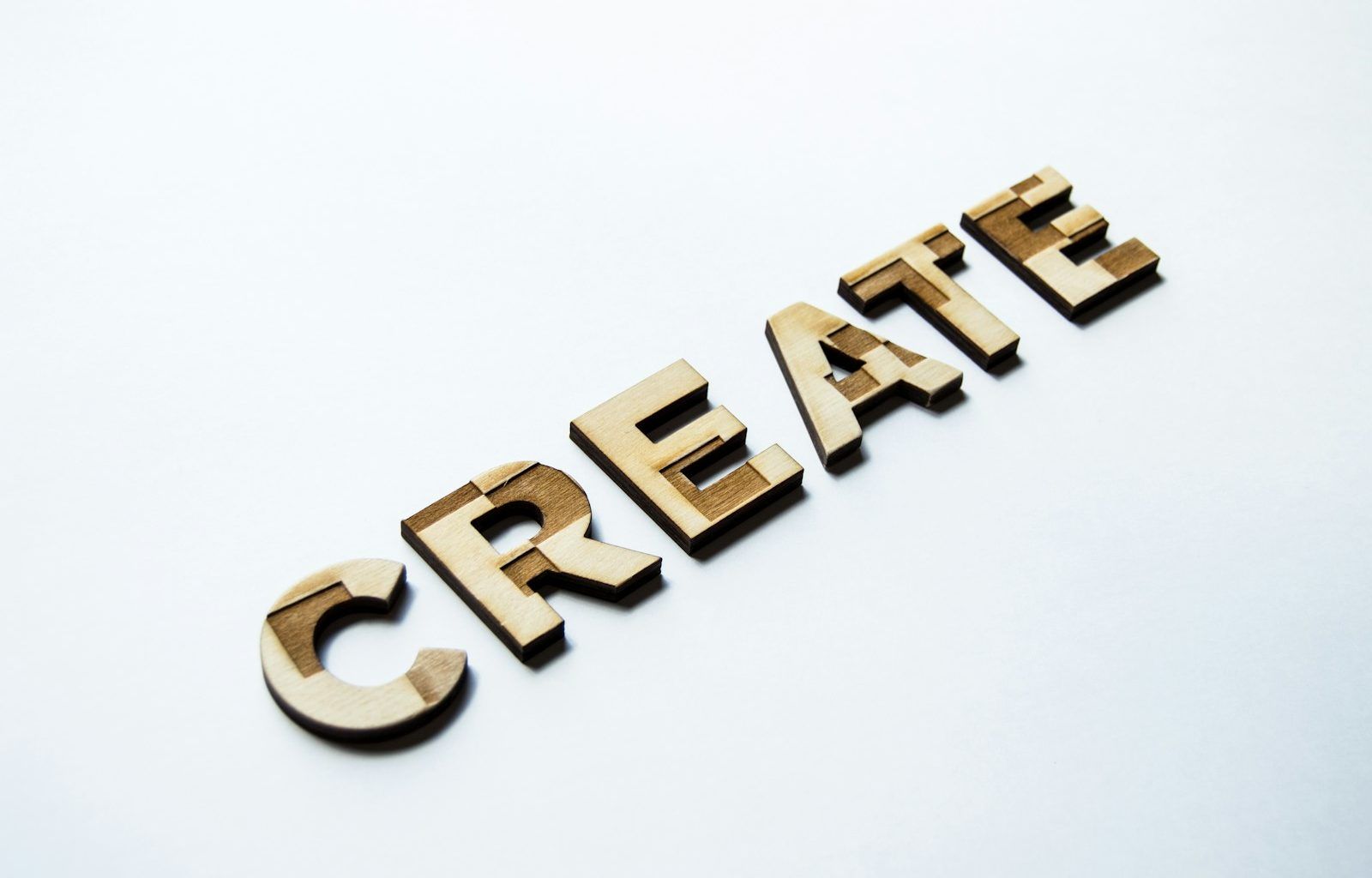If you have ever wanted to create lyrics, you are not alone. Writing song lyrics is an incredible way to express yourself, tell a story, or connect with others. Lyrics have the power to evoke deep emotions, transport listeners to a different world, or simply make them tap their feet. But how do you go from a blank page to lyrics that resonate? This guide will walk you through everything you need to know about creating lyrics that stick.
Why Creating Lyrics Matters
Creating lyrics isn’t just for professional musicians. It’s an art form anyone can learn, regardless of experience. Lyrics can help you explore your thoughts, convey your feelings, and connect with others. Whether you’re writing for fun, a hobby, or a future hit single, learning to create lyrics opens a world of creativity. And the best part? Anyone can do it with the right guidance.
Finding Inspiration
When you sit down to create lyrics, the first step is finding inspiration. Think about what moves you. It could be a memory, a person, or even something you’ve seen or read. Start by jotting down thoughts, emotions, or stories that resonate with you. Sometimes, a single word or phrase can spark an entire song. For example, if you feel inspired by the idea of love, you could create lyrics exploring its many facets—from the excitement of a new romance to the ache of heartbreak.
Building a Theme
Once you have some inspiration, it’s time to build a theme. A clear theme will give your lyrics focus and cohesion. Ask yourself what you want to say with your song. Are you telling a story? Sharing an experience? Or capturing a specific mood? For example, if your inspiration is rain, your theme could be about finding comfort in solitude or the cleansing nature of a storm. Your theme will guide the direction of your lyrics.
Start with the Chorus
The chorus is often the heart of a song, so it’s a great place to start when you create lyrics. A good chorus is memorable, catchy, and conveys the main message of the song. To write a strong chorus, keep it simple and repeat key phrases. Use powerful imagery or emotions that resonate. For instance, if your theme is perseverance, your chorus could include lines like, “I’ll rise again, stronger than before.”
Writing Verses
With the chorus in place, you can move on to the verses. Verses provide context and detail that support your theme. This is where you can tell a story or elaborate on the emotions in your chorus. To create lyrics for verses, think about progression. What’s the starting point? Where does the story lead? Each verse should build on the last, adding depth and meaning.
Adding a Bridge
A bridge is a great way to add variety and keep your song interesting. It offers a different perspective or a shift in mood. To create lyrics for a bridge, think about a turning point in your story or an unexpected emotion. If your song is about love, the bridge could reflect doubt, hope, or a new understanding.
Choosing the Right Words
When you create lyrics, word choice is crucial. Words should match the tone and feel of your song. If your theme is light and happy, use uplifting and simple language. For a darker theme, you might choose more intense or poetic words. Avoid overcomplicating your lyrics—sometimes, the simplest words are the most powerful.
Rhyming and Rhythm
Rhymes can make your lyrics more memorable, but they’re not mandatory. If you choose to use rhyme, make it feel natural. Forced rhymes can take away from the emotional impact of your song. Similarly, pay attention to rhythm. Read your lyrics out loud or sing them to ensure they flow smoothly with the melody.
Tapping into Emotions
One of the most important aspects of creating lyrics is tapping into emotions. Songs are often memorable because they make listeners feel something. Don’t be afraid to be vulnerable or honest. Think about the emotions you want to convey and use descriptive language to bring them to life. Instead of saying, “I’m sad,” describe what sadness feels like: “The weight of silence fills the room.”
Experimenting with Structure
There is no one-size-fits-all formula for writing lyrics. Experiment with different structures to see what works best for your song. Common structures include verse-chorus-verse-chorus-bridge-chorus or a simpler verse-chorus-verse. Try flipping the order or adding extra sections if it enhances your song.
Collaborating with Others
Sometimes, the best way to create lyrics is by collaborating with others. Sharing ideas with a co-writer or getting feedback from friends can spark new creativity. Other people might offer perspectives or ideas you hadn’t considered. Collaboration can also help you refine your lyrics and make them even stronger.
Overcoming Writer’s Block
It’s normal to feel stuck when you create lyrics. If you hit a wall, take a break and come back with fresh eyes. You can also try brainstorming exercises, like free writing or listing random words and phrases. Listening to music or reading poetry can also reignite your creativity.
Editing and Refining
Once you have a draft, take time to edit and refine your lyrics. Look for areas where you can be clearer or more impactful. Cut any lines that feel redundant or don’t serve the song’s theme. Pay attention to how your lyrics sound when sung. Sometimes, small tweaks can make a big difference.
Practice Makes Perfect
Creating lyrics is a skill that improves with practice. The more you write, the easier it will become. Don’t be afraid to experiment and try new things. Over time, you’ll develop your unique voice and style.
Sharing Your Lyrics
When you’re ready, share your lyrics with others. You can post them online, perform them, or collaborate with musicians to turn them into songs. Sharing your work can be nerve-wracking, but it’s also incredibly rewarding. Feedback from others can help you grow and improve as a lyricist.
Final Thoughts
Creating lyrics is an art form that anyone can learn. By starting with inspiration, building a theme, and practicing regularly, you can craft lyrics that resonate with listeners. Remember, there’s no right or wrong way to create lyrics—what matters is that they come from the heart. So grab a pen, start writing, and see where your creativity takes you.
Related Articles:
For further reading, explore these related articles:
- The Magic of Album Movies: A Journey of Music and Storytelling
- What Do “Bad Bunny Mia Lyrics” Mean? A Simple and Fun Explanation
For additional resources on music marketing and distribution, visit DMT Records Pvt. Ltd.






